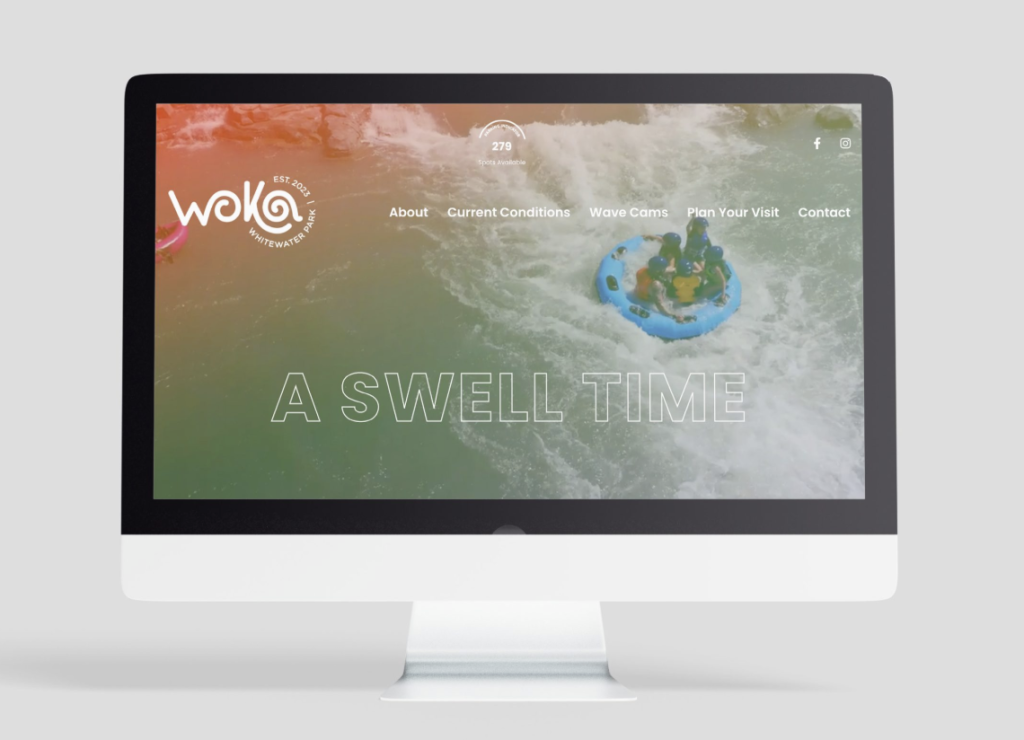
5 Website Design Mistakes That Are Hurting Your Conversions
(And How to Fix Them)
Your website might look great—but is it actually converting visitors into leads or customers? Good design isn’t just about aesthetics. It’s about guiding users toward action, building trust, and supporting your broader marketing goals. And when your site falls short, it doesn’t just impact design—it affects everything from bounce rates to your SEO vs SEM strategy.
Here are five common website design mistakes that silently kill conversions—and how to fix each one with purpose and impact.

1. Cluttered Layouts That Confuse Instead of Convert
When everything on your homepage is competing for attention, your user doesn’t know where to look—or what to do next. Cluttered layouts filled with too much text, too many buttons, or clashing visuals create friction, not flow.
The Fix:
Adopt a clean, focused layout with clear visual hierarchy. Use whitespace to give elements room to breathe. Choose one primary call-to-action per page and visually guide users toward it using contrast, size, and placement.
Streamlining your layout doesn’t just improve user experience—it supports your SEO vs SEM strategy by making it easier for both humans and search engines to understand what the page is about and what action you want next.
2. Slow Load Times That Drive Users Away
A beautiful site that loads like molasses won’t hold anyone’s attention. According to Google, even a one-second delay in load time can decrease conversions by up to 20%. And yes, slow sites also negatively impact your SEO ranking.
The Fix:
Compress image files, reduce the number of plugins, and leverage browser caching. Use tools like PageSpeed Insights or GTmetrix to test and fix performance issues. And if you’re using WordPress, be selective with your theme—it should be lightweight and optimized for speed.
Speed is essential not only for user retention, but also for optimizing both the organic and paid sides of your SEO vs SEM strategy.

3. Weak CTAs That Don’t Drive Action
A surprising number of websites still bury their call-to-action buttons—or worse, don’t include them at all. If users don’t know what you want them to do next, they’ll do nothing.
The Fix:
Your CTAs should be clear, direct, and impossible to miss. Use action-oriented language like “Book a Free Call,” “Get a Quote,” or “Download Now.” Colors should contrast with the rest of the page but still align with your branding. Test placement too—some users scroll, some don’t.
Effective CTAs connect the user journey from awareness to action, and they’re critical to maximizing ROI across your SEO vs SEM strategy. Whether traffic is coming from a blog or a paid ad, your CTA is where conversion happens.

4. Inconsistent Branding That Erodes Trust
A website with mismatched fonts, off-brand colors, or outdated logos feels disconnected—and that lack of cohesion erodes trust. Users may not consciously notice every design inconsistency, but they will feel it.
The Fix:
Create a brand style guide and stick to it. Make sure your color palette, typography, logo usage, and imagery are all aligned. Design with consistency across pages—not just in visuals, but in tone and layout as well.
Remember, brand trust is foundational to any marketing strategy. If you’re driving paid traffic with SEM or growing visibility with SEO, inconsistent branding on your landing pages weakens your entire SEO vs SEM strategy.
5. No Mobile Optimization
More than half of all web traffic comes from mobile devices. If your site isn’t fully responsive, you’re losing potential customers. A clunky mobile experience leads to high bounce rates and lost opportunities—especially from mobile ad clicks or search traffic.
The Fix:
Use a mobile-first approach to design. Check how your site displays on different devices and screen sizes. Make sure navigation is easy to tap, fonts are readable, and load times are fast. Test your forms, buttons, and checkout processes on mobile regularly.
Mobile-friendliness also directly impacts your SEO ranking and Quality Score on Google Ads—two pillars of any successful SEO vs SEM strategy.
Website Design Isn’t Just Visual—It’s Strategic
At first glance, design might seem like a visual discipline. But in today’s marketing landscape, it’s a strategic one. The way your site looks and functions directly affects conversion rates, bounce rates, ad performance, and organic visibility.
Whether you’re investing in content marketing or paid ads, your website acts as the anchor point in your SEO vs SEM strategy. And if it’s not designed to convert, you’re leaving money on the table—no matter how much traffic you drive.
Looking to optimize your website for better performance and real results? Our design team builds conversion-focused sites that look great, load fast, and support your full marketing strategy. Let’s turn your website into your hardest-working sales tool.
Author: Cass S.


